Every fall I try to find a way to make sure that I travel to New England to see the Fall Foliage. This fall was no exception.

Even though I live on the West Coast, I do everything I can to make sure that I get my annual fix of the beauty that comes from seeing, taking in, and admiring the turning colors of the leaves.
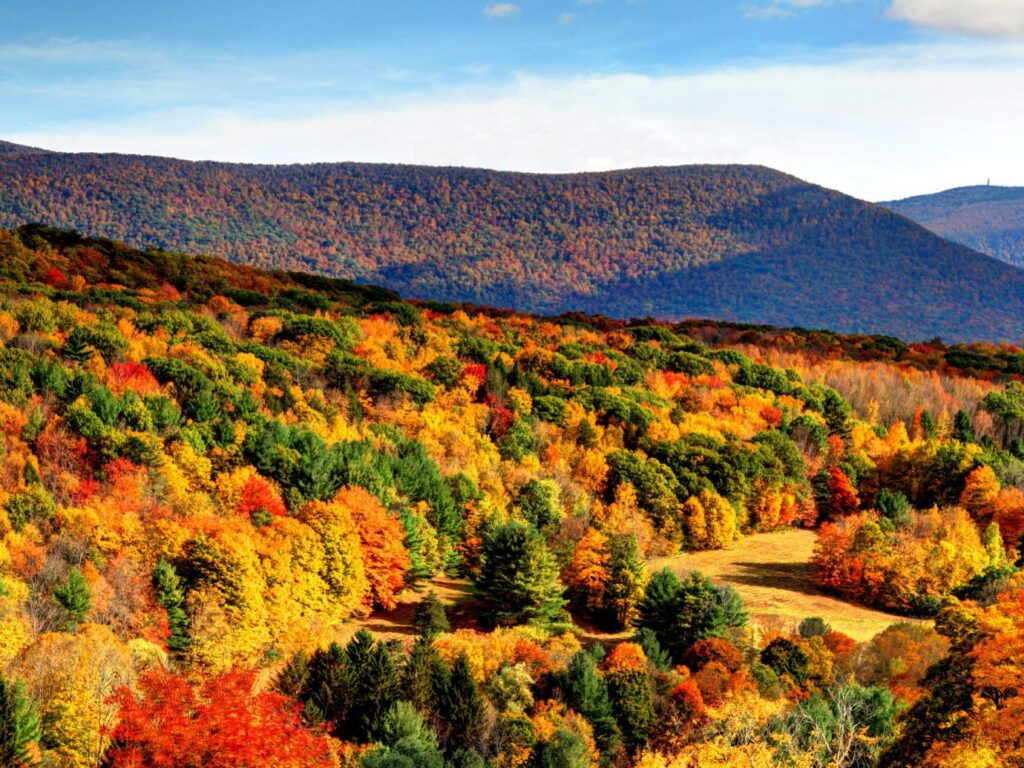
The timing varies a little bit each year depending upon rain and temperature, but usually it is at its peak in mid to late October, at least in New England.
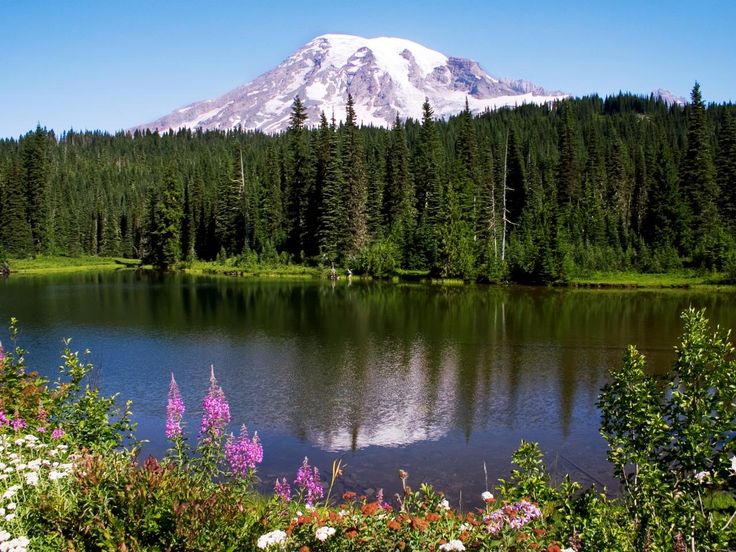
The turning of the colors of the leaves only occurs on deciduous trees, not on coniferous trees. This is why you don’t hear many people talking about Fall Foliage in the State of Washington, for example. There is a reason its nickname is the Evergreen State.
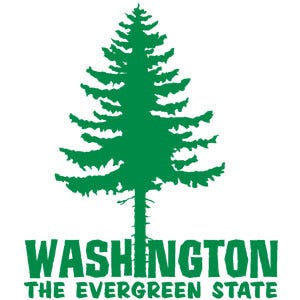
In doing my research I have learned something about the science behind the changing colors of the leaves and also I have learned some new words. As temperatures drop and daylight shrinks, chlorophyll in the leaf begins to break down, its production slows down and eventually is destroyed. This in turn allows the yellow and orange pigments in the leaf to reveal themselves. These pigments are called carotenoids.
The other new word that I have learned is abscission, which is the natural process of leaves dropping to the ground.
However, what continues to amaze me are the variety of colors that occur during Fall Foliage. The stunning autumnal tones, the vibrant hues — a seemingly never-ending color palette full of warm colors.
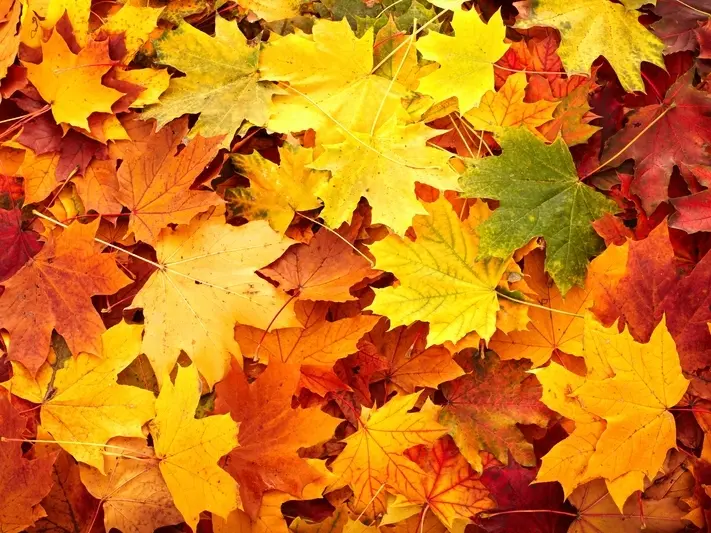
The main colors are red, purple, orange, yellow and brown.
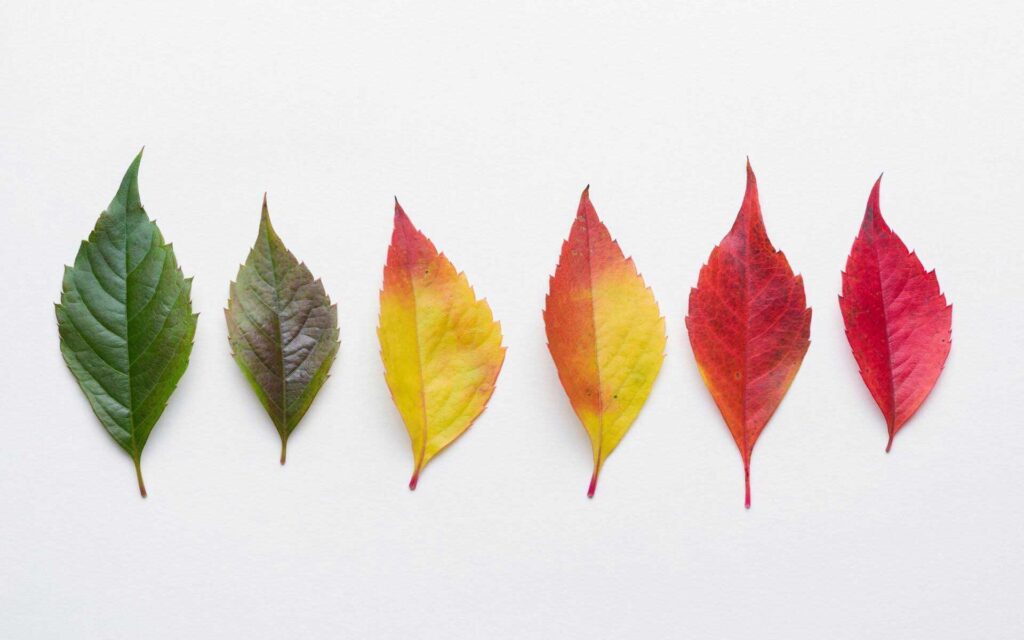
However, these basic colors attract further descriptors like
- Red – velvety, rust, maroon, burgundy
- Purple – eggplant
- Orange – burnt, rich, pumpkin and dark
- Yellow – mustard
- Brown – moody, dark

And then there are shades of each color, such as
- Bright reds (scarlet)
- Pale yellow (lurid)
- Vivid yellow (gamboge)

And there are combinations of colors
- Yellowish-brown
- Brownish-gray
- Reddish-brown (russet)
- Reddish-orange
- Brownish-orange
- Orange-yellow (amber)
Some colors are described even more dramatically
- Brackenish sepia (reddish brown)
- Tortoiseshell (brown with flecks of yellow or amber)
- Burnished copper (deep red brown)
- Bitter chocolate (dark bitter brown)
- Caramelized bronze (deep nutmeg tone)
- Honeyed old gold (saturated beige with almond undertone)
Where, you may ask, are the best places to experience Fall Foliage. House Beautiful magazine in August of this year ranked the 10 best places in the world to see Fall Foliage.
8 of the 10 were in the United States. One of the ones outside the USA was in Vancouver Canada (ranked #5).

The other, and ranked number 3 in the world, is in the town of Bled in the country of Slovenia. if you have not been to Slovenia and to Bled you must go. I took my first trip there this past May and absolutely loved the country and its beauty. Lake Bled is something special. It has a storybook 11th century castle on the cliffs overlooking the lake which is surrounded by the Julian Alps, with a church located on an idyllic island in the center of the lake. Picture perfect.
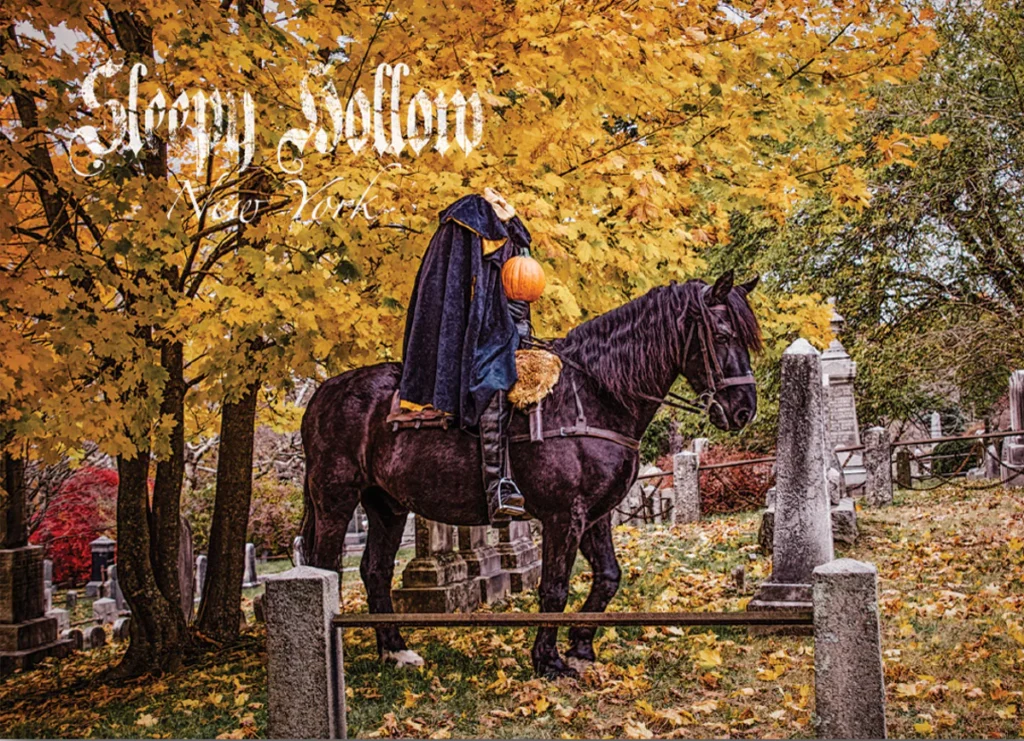
The top two and five of the top 10 best places to view Fall Foliage are in New England area. Maine, Vermont, New York, Connecticut and they specifically mention Sleepy Hollow NY, which is where my daughter, son in law and two little grandchildren live. The other states listed in the top 10 are Oregon, West Virginia, and Colorado.
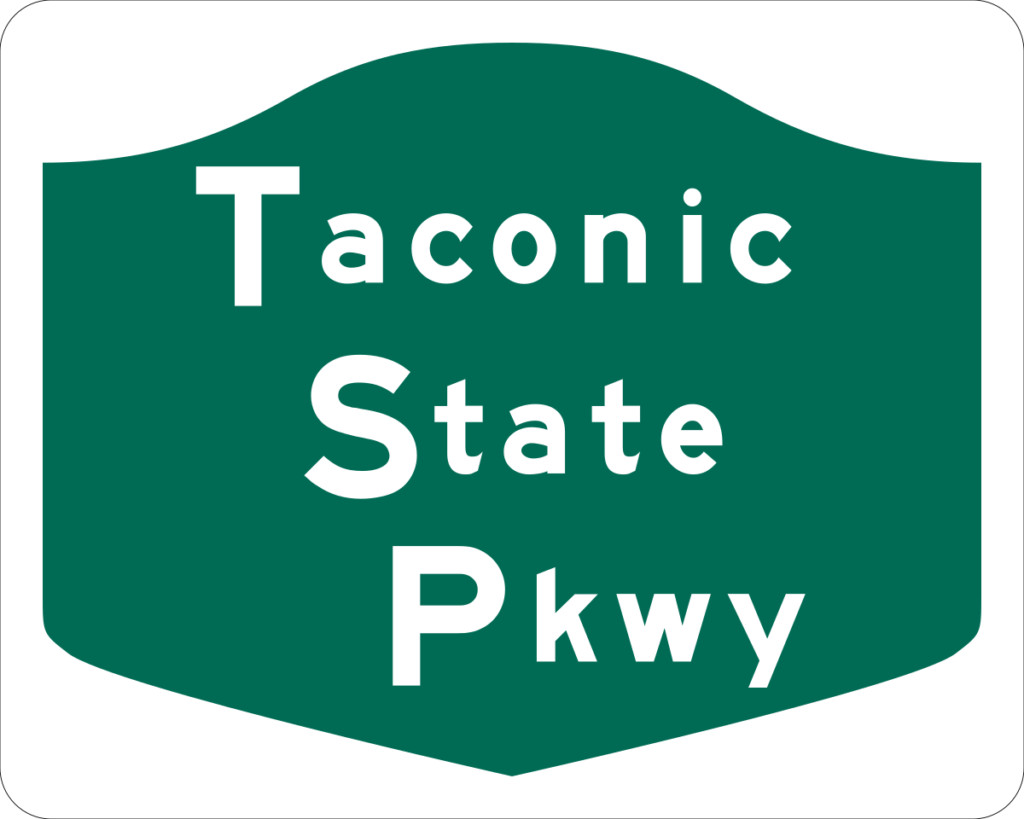
For me there is no better way to see the Fall Foliage in New England than to drive from Westchester County in New York State to Massachusetts and Vermont on the Taconic State Parkway. I had the opportunity to drive this now somewhat unique road on my way to the Berkshire mountains in Western Massachusetts.
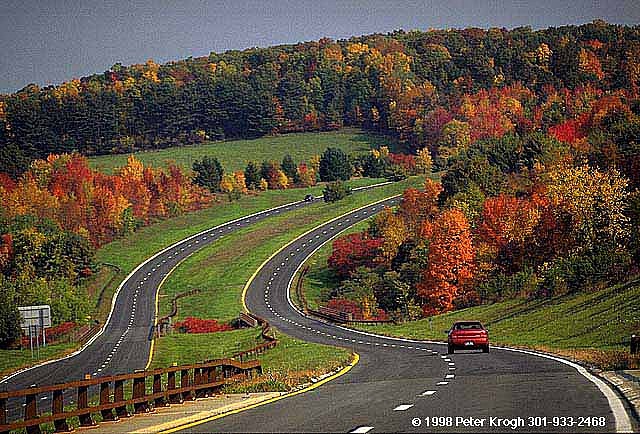
Officially the Taconic road is a parkway, and aptly named I might add. A parkway is a landscaped thoroughfare. There are numerous parkways and scenic roads in America. The Merritt Parkway in Connecticut and the Blue Ridge Parkway in Virginia and North Carolina to mention a couple.

Located in New York State, the Taconic Parkway’s 104 miles is literally a roadway in a park. Trees and grass on both sides of the road as far as you can see. It is a wide divided highway with a median that is rich in green grasses, shrubs and trees. It is a scenic road along the eastern Hudson River valley. The route is hilly and winding. In fact, the Taconic State Parkway is on the National Register of Historic Places. Completed in the early 1960s. In its day it was, and still is to some extent, an important regional artery, connecting New York City and Long Island with northern New England.

The Taconic State Parkway brings back so many memories for me. I used to drive it almost every weekend to go see my college sweetheart who was going to school at Vassar College in Poughkeepsie New York. The two hour drive each way was something that I knew like the back of my hand.
There is just something special about experiencing the turning of the leaves in the fall in New England. It stimulates so many of my senses. Visually the colors are just so unique, warm, exciting and awesome. Listening is special too, traveling in the middle of a 104 mile longitudinal park on a road where no trucks are allowed. And finally, the smell of autumn and its leaves is different and invigorating.
Fall Foliage, the Taconic State Parkway — all of this reminds me of how lucky we are to be on this earth and how hugely important nature is – not only for its beauty, but also for our mental health.
Fall is thrilling in the cColorado mountains when the “quaking” aspens turn gold. Only shades of gold – not red ir orange, but its breathtaking.
And thanks for the last paragraph. Maybe Ill find time for a walk in Central Park today.
Having MHed for over 20 years across the continent visiting EVERY State and Province in OCT nearly a dozen times and mostly on different routes I agree with most of your observations. The Taconic is great but the area around the Tappan Zee Bridge is particularly memorable (perhaps since we’ve crossed it 3 times). The rankings are debatable.
We’ve lived in Vancouver/Vancouver Island for 14 years. The fall scenes here are not as spectacular as throughout Cape Breton Island, the Gaspe or around Quebec City.
Pull up the Spring 2017 edition of RVWest magazine the cover features our landcrab at Cape Breton’s Glenora Distillery where we boondockked overnite. Check out the colors and on page 5 of the feature writeup. The photo of us in the Blue Ridge Mountains, Parkway Way too is more spectacular than Vancouver in fall. Vancouver is finest in spring.
Ah! As a born/bred New Englander, I so appreciate this! And as a NYer in NYC for 46 years who drove the Taconic myriad times, I do, too!
(Enjoy your as usual keen observations!)
Thanks for sharing Neil. Living in Florida, I can only remember living up north and enjoying the change of seasons and the leafs changing in advance of winter. Looking at you photos, I could feel and smell the crispness of the air. As a kid, it always reminded me of the lauch of football season and hot chocolate, and the smell of burning leaves. I recently lived in a place called Big Canoe, in the mountains of North Georgia. We always would walk the trails this time of year just to see and smell the changes. I miss it, and happy you shared your trip Neil. Thanks.